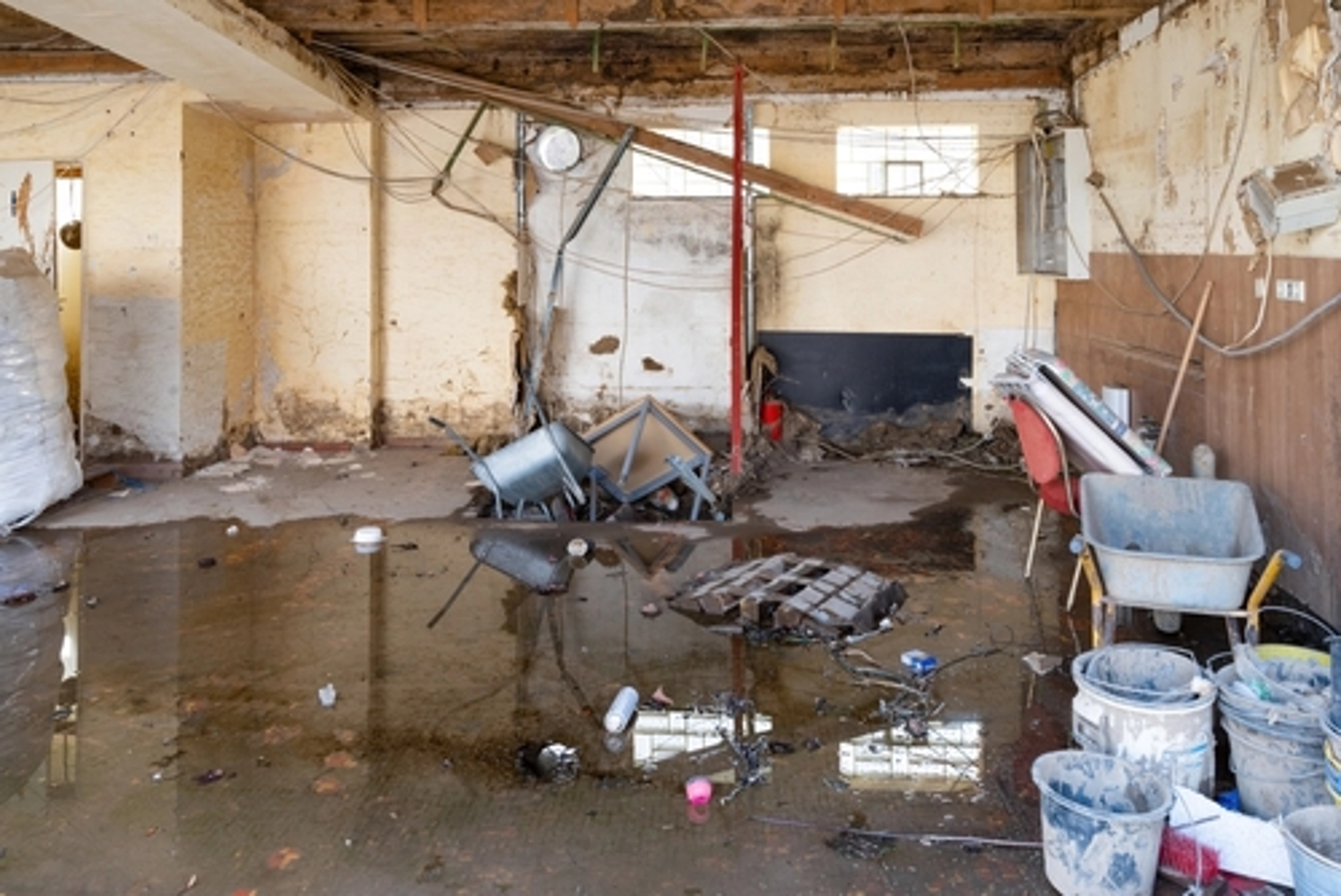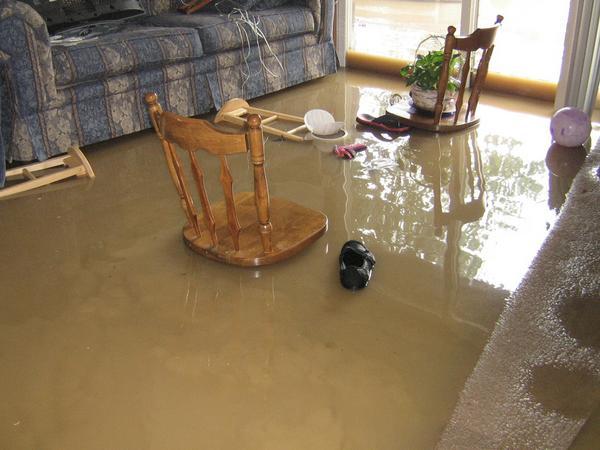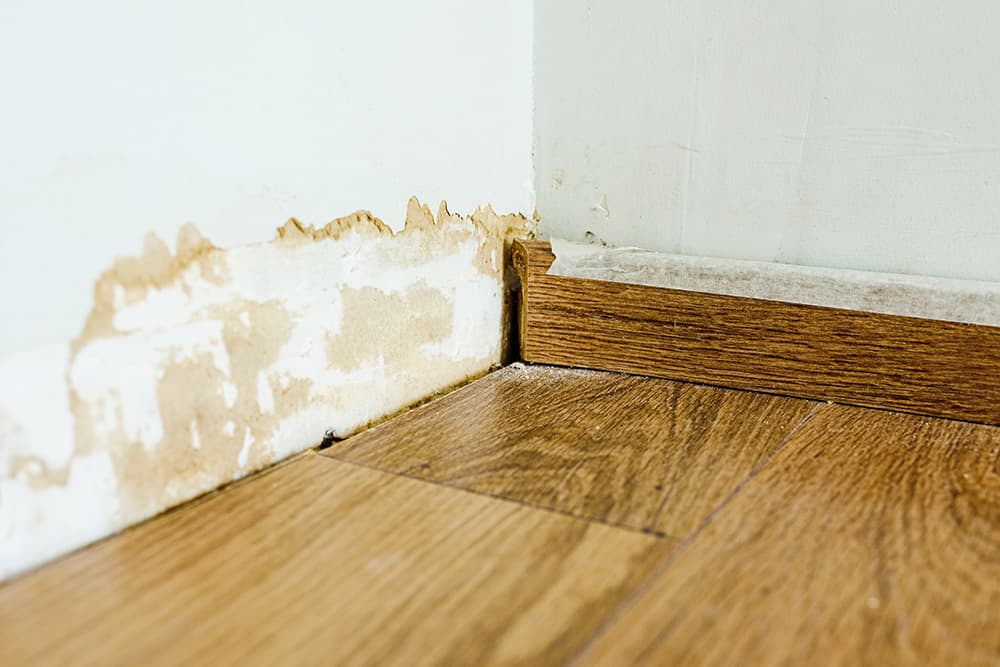The Refine of Water Damages Cleaning: Ensuring Your Home Is Brought Back Effectively
Water damage can be a daunting challenge for homeowners, demanding a structured and careful clean-up process to restore security and capability. damage restoration services. Following this, effective water extraction techniques play a pivotal role in alleviating further damage.
Assessing the Damage
Upon finding water damages, the initial step is to extensively analyze the level of the influence. This initial evaluation is essential, as it aids identify the necessary actions for reliable cleanup and restoration. Begin by inspecting the impacted areas, including wall surfaces, ceilings, floors, and personal possessions, to recognize the source of the water breach, whether from flooding, leaks, or condensation.
Recording the damages is crucial for both insurance cases and preparing repair initiatives - damage restoration services. Use photographs and created notes to catch the severity of the damages, keeping in mind any type of damaged architectural aspects and products. Pay special interest to areas that might not be right away visible, such as behind wall surfaces and under carpets, as concealed dampness can cause more issues, consisting of mold development
Additionally, examine the timeline of the water exposure. The longer the products stay wet, the better the potential for damage. Recognizing the duration of exposure will notify the necessity of removal efforts. Eventually, a thorough analysis prepares for a successful water damage cleaning process, making sure that all affected areas are dealt with successfully and thoroughly.
Water Removal Strategies

Experts generally employ completely submersible pumps for larger volumes of water, which can rapidly reduce flooding in basements or various other affected areas. For smaller sized quantities, wet/dry vacuums are typically used to remove residual wetness from carpets and tough surface areas. In addition, using portable extractors permits targeted elimination in confined areas or locations with fragile materials.
In circumstances of polluted water, such as sewage or floodwater, progressed removal methods may entail the usage of biohazard tools to guarantee safety and security and conformity with health and wellness regulations. High-powered extraction tools are critical in decreasing water retention in structural products, which can result in mold and mildew growth and structural deterioration if not attended to without delay.
Ultimately, the effectiveness of water removal techniques plays an essential role in the total success of the water damages cleaning procedure, preparing for subsequent repair efforts.
Drying and Dehumidification
When standing water has been properly drawn out, the following important phase in the water damage clean-up procedure is drying and dehumidification. This step is necessary to prevent more damage and mold growth, which can happen within 24 to 2 days in moist atmospheres.
To attain efficient drying out, specialized tools such as industrial-grade air movers and dehumidifiers is employed. Air movers circulate air across damp surface areas, enhancing evaporation rates, while dehumidifiers decrease moisture degrees in the air, promoting a favorable setting for drying. The combination of these devices guarantees that moisture is drawn out from floorings, wall surfaces, and home furnishings, enabling them to dry completely.
It is very important to monitor the drying process very closely. Professionals commonly use dampness meters to evaluate the moisture material in different materials, making certain that all website link influenced locations reach appropriate dryness degrees. This precise method helps to stop concealed dampness pockets that can cause architectural damages or unhealthy mold development.

Cleansing and Sanitizing
After the drying and dehumidification phase is complete, the next important action in water damage clean-up is cleansing and sterilizing the affected areas. This process is critical to avoid the growth of mold, microorganisms, and other microorganisms that flourish in moist atmospheres.
The cleansing phase usually includes eliminating any particles, dust, and pollutants from surfaces using specialized cleaning up agents. For tough surfaces, a mix of soap and water or industrial cleansing items is usually used. Soft materials, such as furniture and rugs, may call for a lot more substantial cleansing approaches, consisting of heavy steam cleansing or deep extraction techniques, to ensure comprehensive hygiene.

Disinfecting follows cleaning, making use of EPA-approved anti-bacterials to eliminate harmful microorganisms. This action is vital, specifically in locations that might have entered into call with floodwaters or sewage, as these resources can posture major health threats.
Furthermore, it is essential to resolve any type of staying smells, which might call for the use of odor neutralizers or advanced methods like ozone therapy. Correct cleansing and sanitizing not just recover the safety and health of your home yet also lay the foundation for successful repair and repair services in subsequent stages of the water damages clean-up process.
Reconstruction and Repair Work

As soon as the analysis is full, remediation efforts can begin. This typically involves fixing or replacing broken products, making sure that all work abides by regional building ordinance and requirements. For example, if drywall has actually been jeopardized, it will certainly require to be removed and changed with new product. In addition, flooring may call for similar interest, depending on the level of water direct exposure.
It is crucial to involve skilled repair specialists throughout this process, as they possess the know-how to manage intricate fixings efficiently. In addition, they can assist alleviate possible future concerns, such as mold and mildew growth or structural instability, thus making certain a habitable and risk-free living setting. Ultimately, effective pop over to these guys remediation and fixings bring back the home's honesty and improve its total worth.
Final Thought
To conclude, the process of water damage clean-up More Help is crucial for restoring a home to its pre-damage condition. Each phase, from analyzing the damages to executing effective water removal methods, adhered to by extensive drying, sanitizing, and essential fixings, plays a necessary function in ensuring safety and conformity with building requirements. Effective implementation of these steps not just reduces instant damages yet also boosts the long-term stability and value of the residential or commercial property.
Water damages can be a daunting obstacle for property owners, demanding a careful and structured cleaning process to bring back safety and capability. Eventually, an extensive analysis lays the foundation for an effective water damages clean-up procedure, guaranteeing that all affected areas are attended to properly and extensively.
Reliable water removal strategies are essential in reducing damage and avoiding additional complications following a water invasion event.In conclusion, the process of water damages clean-up is critical for restoring a home to its pre-damage condition. Each stage, from analyzing the damage to implementing effective water extraction strategies, followed by extensive drying out, sanitizing, and essential repair work, plays a vital function in making sure safety and compliance with structure requirements.